The educational landscape has diversified significantly with technology's evolution, offering a variety of course types to suit different learning styles, objectives, and environments. There is now an array of instructional strategies, each promising to enrich the learning experience in its unique way. In this article, I seek to simplify and categorise these strategies into a framework that reflects their technological demands and the degree of learner interactivity they require.
From the traditional chalk-and-talk to the cutting-edge virtual classrooms, there is a spectrum that spans from the simplicity of low-tech approaches to the sophistication of high-tech environments. It is a practical list of course types that you can consider using based on your training needs and the best paths to engage and educate the learners of today and tomorrow.
A Variety of Course Types to Choose From
- VR (Virtual Reality): VR courses use virtual reality technology to create immersive learning experiences. These courses are particularly effective for practical skills training, such as surgery or machinery operation, by simulating real-world environments.
- Blended Learning: Blended courses combine online digital media with traditional classroom methods. This approach allows for some element of student control over time, place, path, or pace, while still benefiting from face-to-face support and interaction.
- Virtual Classroom: These are live, interactive classes conducted over the internet. They mimic the experience of traditional in-person classes, including real-time lectures, discussions, and student participation, using web conferencing tools.
- Online Courses: Online courses are delivered entirely over the internet, allowing students to complete coursework from anywhere at their own pace. They typically include video lectures, readings, discussions, and assignments.
- E-learning: E-learning encompasses a wide range of online learning strategies, including self-paced courses, webinars, and more. It's characterised by its flexibility, accessibility, and use of digital resources.
- ILT (Instructor-Led Training): ILT refers to traditional classroom learning where an instructor teaches a class in real-time. This can occur in person or via a virtual classroom setting.
- Video-Based Learning: Courses that primarily use video lectures and tutorials to teach content. This format is popular for its ability to demonstrate procedures, convey information visually, and allow learners to proceed at their own pace.
- Game-Based Learning: This approach uses game elements to engage learners, making education fun and interactive. It's effective in motivating learners, enhancing engagement, and reinforcing learning through practice.
- Simulator Training: Simulator training uses specialized software to replicate real-world scenarios. It's commonly used in fields like aviation, medicine, and heavy equipment operation for safe, practical experience.
- MOOCs (Massive Open Online Courses): MOOCs are online courses aimed at unlimited participation and open access via the web. They often feature traditional course materials, such as filmed lectures, readings, and problem sets, as well as interactive forums.
- Microlearning: This approach breaks down information into small, manageable units, making it easier to understand and remember. Microlearning is ideal for skill-based learning and just-in-time information retrieval.
- Self-paced Learning: Courses designed to be completed at the learner’s own speed. They offer flexibility, allowing learners to progress through materials as quickly or slowly as they need.
- Adaptive Learning: These courses use algorithms to adjust the educational content according to the learner's performance in real-time, providing a personalized learning experience.
- Social Learning: Social learning courses incorporate community interaction as a significant part of the learning process, utilizing discussions, peer feedback, and collaborative projects.
- Mobile Learning: Mobile learning, or m-learning, delivers educational content through mobile devices, making learning accessible from anywhere at any time. It's ideal for learners on the go.
- Hybrid Courses: Hybrid courses combine online and face-to-face learning, typically requiring students to complete online assignments and participate in in-person class sessions.
- Flipped Classroom: In flipped classroom models, traditional lecture and homework elements are reversed. Students first study the topic by themselves, usually through video lectures, and class time is used to deepen understanding through discussion and problem-solving activities.
- Workshop-Based Learning: These are interactive courses focused on active learning. Workshops involve practical activities, discussions, and exercises that allow participants to practice skills in a supportive environment.
- Project-Based Learning: Project-based courses are centred around completing a project that requires applying the knowledge and skills learned during the course. This approach emphasizes practical, real-world application of concepts.
- Distance Education: Distance education refers to any learning that happens without the student being physically present in a traditional educational setting. This broad category can include correspondence courses, online courses, and more, offering flexibility to learners across different locations.
- The Case Method is an instructional strategy widely used in business schools and professional education programs. It involves presenting students with real-world cases—detailed narratives that describe a complex issue, problem, or challenge that an organization or individual faced. Students must analyse the case, consider alternative solutions, and decide on the best course of action. The method is highly interactive and discussion-based, encouraging critical thinking, problem-solving, and decision-making skills. It typically culminates in a classroom discussion where students present their analyses and debate their perspectives, guided by an instructor.
- Mentoring/Coaching: A more personalised form of teaching where an experienced individual supports the learning of a novice.
Classifying Teaching Methods
These educational course types can be classified based on two dimensions of interactivity (low to high) and technology (low/cheap tech to high/expensive tech).
High Interactivity & High/Expensive Tech
- VR (Virtual Reality): Requires specialized VR equipment and software for immersive experiences.
- Simulator Training: Utilizes advanced simulation software and hardware to replicate real-world scenarios.
- Virtual Classroom: Often requires high-speed internet and advanced web conferencing tools for live, interactive sessions.
- Game-Based Learning: May involve sophisticated game design software and hardware for an engaging learning experience.
- Hybrid Courses: May require advanced web conferencing tools and large displays for live, interactive sessions in a physical classroom that everyone can see, hear and engage with each other.
High Interactivity & Low to Medium Tech
- ILT (Instructor-Led Training): Even though it can be done with minimal technology, the in-person or virtual interaction is highly engaging.
- Workshop-Based Learning: Focuses on hands-on activities and discussions, requiring minimal tech.
- Project-Based Learning: Highly interactive with real-world problem solving, can be low-tech depending on the project.
- Flipped Classroom: Requires access to online content, but the interactive class activities don't necessarily require high tech.
- Social Learning: Leverages forums and discussion boards that are accessible on basic internet-enabled devices.
- The Case Method: Its effectiveness lies in its ability to engage students in deep analytical thinking and lively discussion. While the Case Method can be enhanced with technology, its core does not depend on high or expensive tech.
- Mentoring/Coaching: It’s highly interactive and can range from low to high in technology use, especially with the rise of virtual mentoring platforms.
Medium Interactivity & High/Expensive Tech
- Adaptive Learning: Uses sophisticated algorithms to personalize learning experiences, requiring advanced technology platforms.
- Mobile Learning: While mobile devices vary in cost, developing effective m-learning content can require significant investment in app development and platform optimization.
Low to Medium Interactivity & Low to Medium Tech
- Online Courses: Can be accessed with basic technology, interaction varies but can be minimal outside of course forums or automated feedback.
- E-learning: Involves digital learning resources that can be accessed on basic devices; interactivity levels depend on course design.
- Video-Based Learning: Requires technology for video playback, which is widely available, but the learner interaction with the instructor or peers is often limited.
- Microlearning: Accessible through various platforms, including mobile, with short content forms that require minimal tech.
- Self-paced Learning: Offers flexibility in learning pace with minimal required interaction, accessible with basic digital platforms.
- Distance Education: Encompasses a broad range of tech levels, but traditional correspondence courses can be low-tech, involving mail-in assignments and materials.
- Blended Learning: While it integrates online and in-person methods, the tech requirement can be low depending on the digital components used.
- MOOCs (Massive Open Online Courses): Accessible on standard internet devices but with varying levels of interactivity, often lower due to the massive scale of participation.
This categorisation highlights the balance between the technological investment required to implement each type of course and the level of interactivity they offer. High-tech, highly interactive formats tend to provide immersive and engaging experiences at a higher cost, while low-tech options can still offer valuable learning opportunities, albeit with potentially less engagement.
To visualise this better, we can plot them on a two-dimensional chart with axes of technology and interactivity such as the following:

Each style’s exact placement on the chart would depend on how it is implemented, as there can be variation within each style. For instance, an online course might use advanced interactive technologies, moving it higher on both axes. It could also be a simple set of text-based lessons, placing it lower on both axes. So, consider placements on this chart to be a rough estimate with the intention to give you a general idea of how various types compare.
Here is a quick summary:
VR (Virtual Reality): High Tech, High Interactivity
Blended Learning: Moderate Tech, Moderate to High Interactivity
Virtual Classroom: High Tech, High Interactivity
Online Courses: Moderate Tech, Low to Moderate Interactivity
E-learning: Moderate Tech, Low to Moderate Interactivity
ILT (Instructor-Led Training): Low Tech, High Interactivity
Video-Based Learning: Low to Moderate Tech, Low Interactivity
Game-Based Learning: High Tech, High Interactivity
Simulator Training: High Tech, Moderate to High Interactivity
MOOCs: Moderate to High Tech, Low to Moderate Interactivity
Microlearning: Low to Moderate Tech, Low to Moderate Interactivity
Self-paced Learning: Low to Moderate Tech, Low Interactivity
Adaptive Learning: High Tech, Moderate Interactivity
Social Learning: Low to Moderate Tech, High Interactivity
Mobile Learning: Moderate Tech, Low to Moderate Interactivity
Hybrid Courses: Moderate Tech, Moderate Interactivity
Flipped Classroom: Moderate Tech, High Interactivity
Workshop-Based Learning: Low Tech, High Interactivity
Project-Based Learning: Low to Moderate Tech, High Interactivity
Distance Education: Low to High Tech, Low to High Interactivity (varies widely)
The Case Method: Low to Moderate Tech, High Interactivity
Mentoring/Coaching: Low to High in Tech, High Interactivity
In wrapping up, it’s evident that the array of teaching methods available to us serves a dual purpose: leveraging technology and fostering student engagement. I have always been a strong advocate of student engagement in courses, as without it, no matter what tech we use, the learning will fail.
Here, I have presented many of the current mainstream course types, though not an exhaustive list. As technology advances, particularly with the advent of AI and the current trends in Large Language Models, the landscape of education will continue to evolve, and fast. Just imagine what can happen when conversational AI, VR, Hybrid, Virtual, Simulator and Adaptive styles get all merged into a single new super high-tech type of a course. The sky is the limit.

About the Author
Dr Ethan Honary is the founder of Skills Converged Ltd. A training consultant, researcher, author and designer with an aim to help trainers worldwide to improve training delivery and course design.
Table of Contents
A Variety of Course Types to Choose From
Course Design Strategy
Available as paperback and ebook
Online Train the Trainer Course:
Core Skills
Learn How to Become the Best Trainer in Your Field
Train The Trainer Book
Available as paperback and ebook
Explore Topics
Longform Train the Trainer Guides
All In-Depth Articles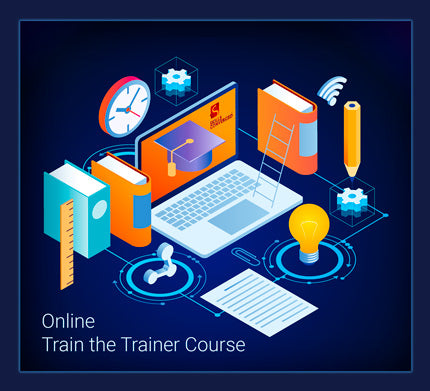
CPD Accredited
Online Train the Trainer Course: Core Skills
Learn How to Become the Best Trainer in Your Field
Full Course Details
How to Reference This Article
Honary, E. (2024) "Teaching Methods Based on Tech and Engagement", Skills Converged. Retrieved from: https://www.skillsconverged.com/blogs/train-the-trainer/teaching-methods-based-on-tech-and-engagement





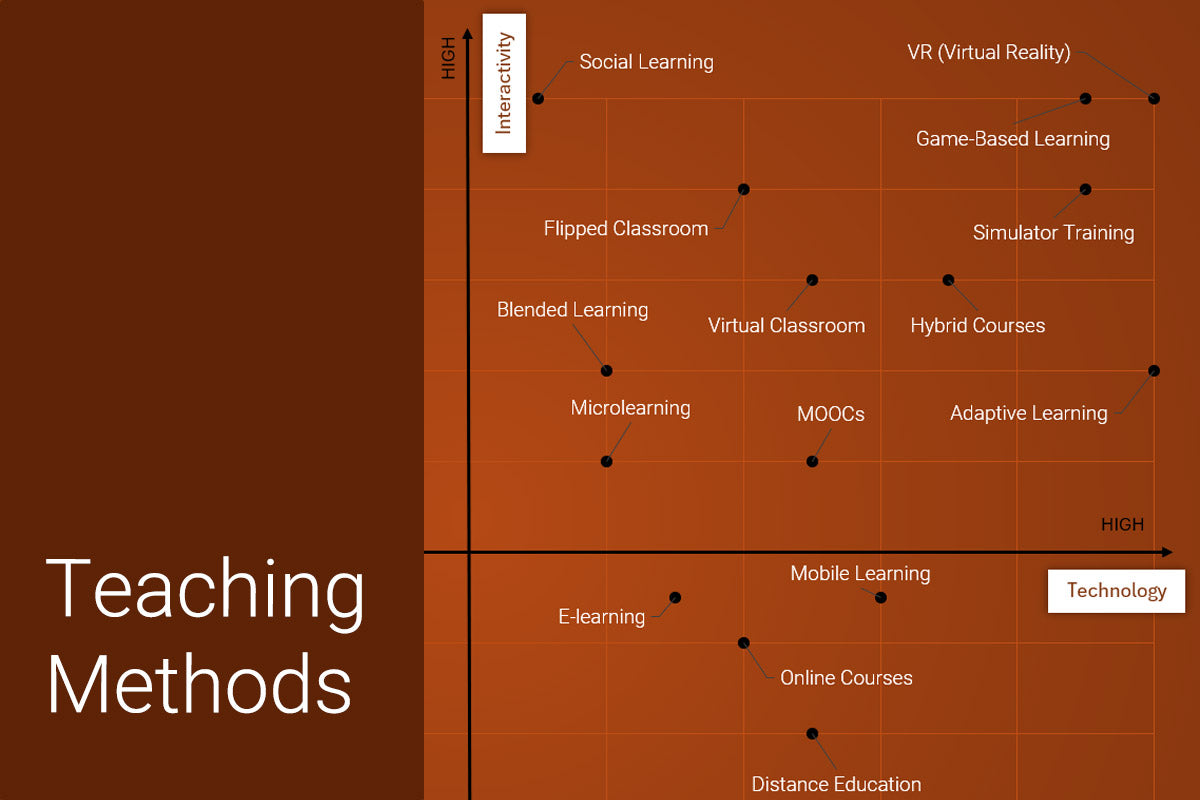



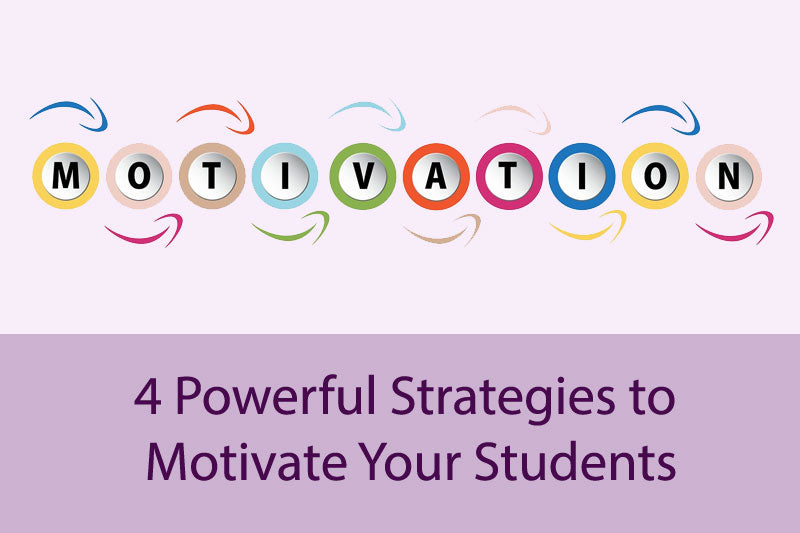
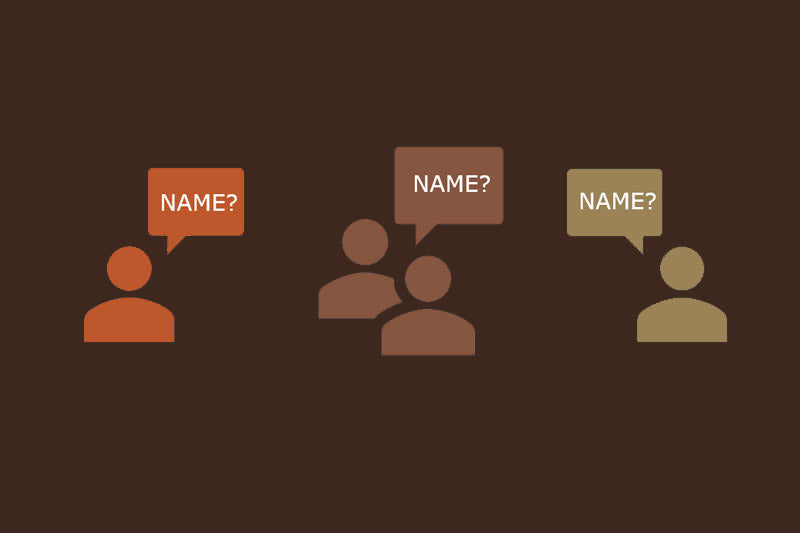

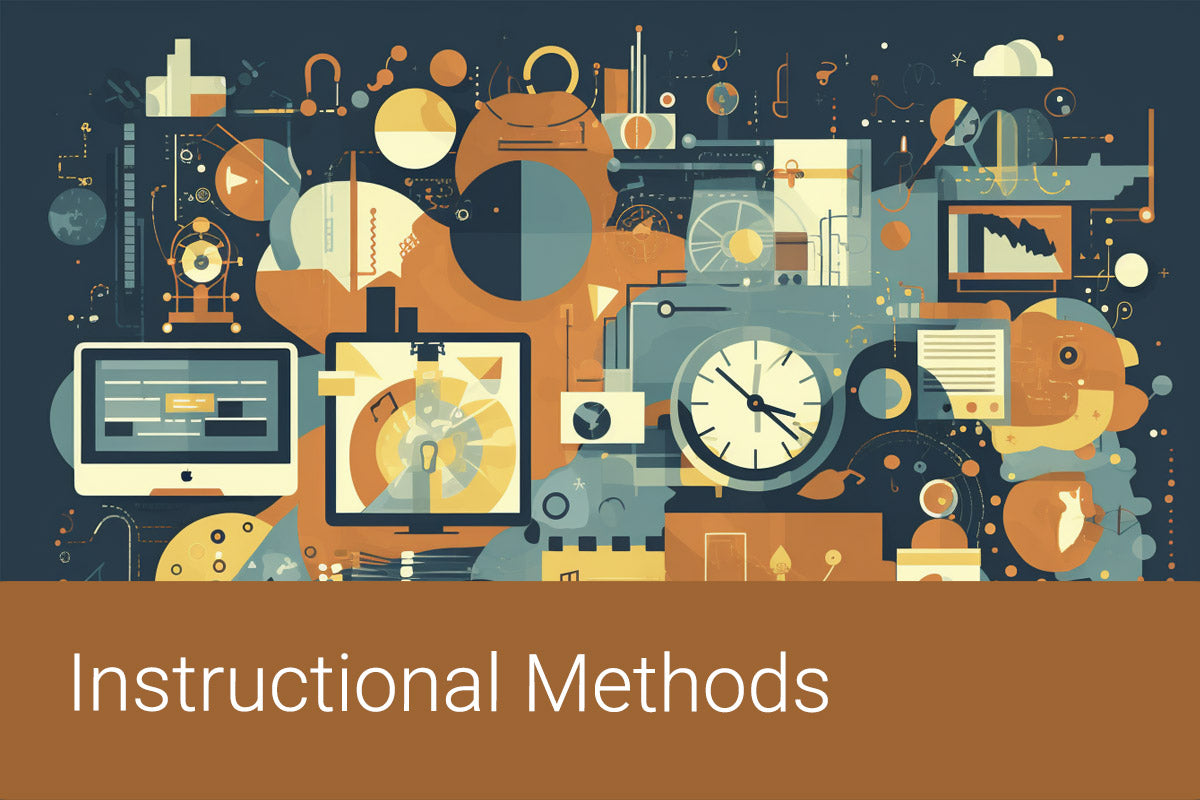

Leave a comment
All comments are moderated before being published.
This site is protected by reCAPTCHA and the Google Privacy Policy and Terms of Service apply.